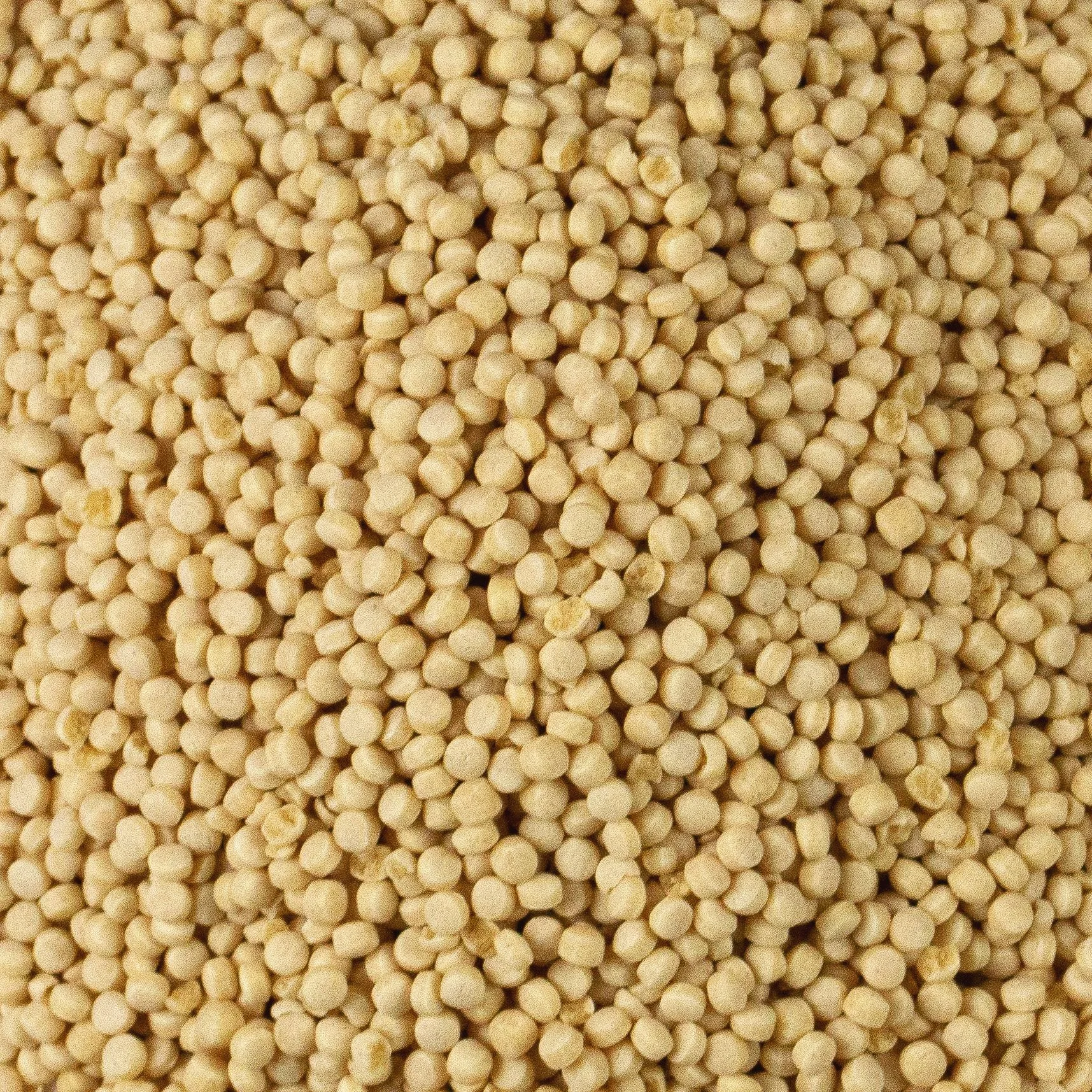Couscous
What is Couscous?
Couscous is a traditional North African staple made from semolina wheat granules. It is often mistaken for a grain but is actually a type of pasta, created by rolling and shaping moistened semolina and coating it with finely ground wheat flour. Its light, fluffy texture and mild flavor make it a versatile base for a variety of dishes.
Historical Origins
The origins of couscous can be traced back to the Berber tribes of North Africa, particularly in regions that are now Morocco, Algeria, and Tunisia. Historical evidence suggests couscous was made as early as the 9th century.
In North African culture, couscous is more than just food; it's a symbol of hospitality and community, traditionally prepared and served during family gatherings, celebrations, and religious ceremonies.
Through trade and conquests, couscous spread to the Mediterranean, the Middle East, and Europe. It became especially popular in France during the 20th century, following the immigration of North African communities.
Modern Use and Popularity
Instant couscous is popular for its quick cooking time (5-10 minutes), making it a go-to choice for busy households.
Used in salads (like tabbouleh), as a side dish, or as a base for main courses with vegetables, meat, or fish.
Its high nutritional value and versatility make couscous a popular choice among health-conscious consumers worldwide.
Available in the following variants:
QC standard
QS superior
Durum pearl
Softwheat pearl
Organic
Wholewheat
Organic-wholewheat
Organic corn



